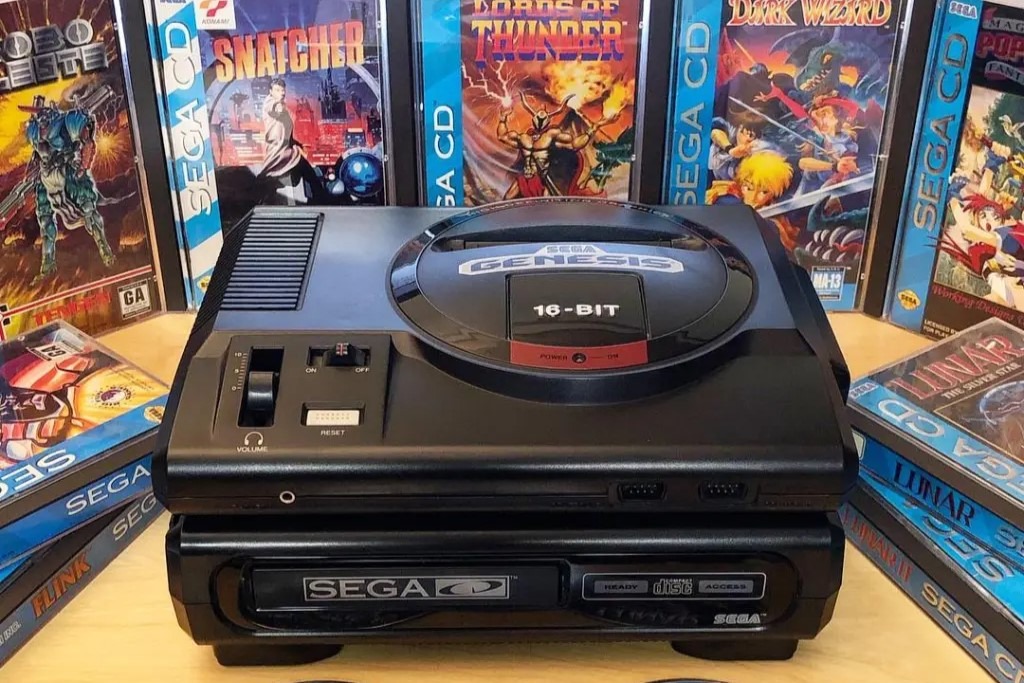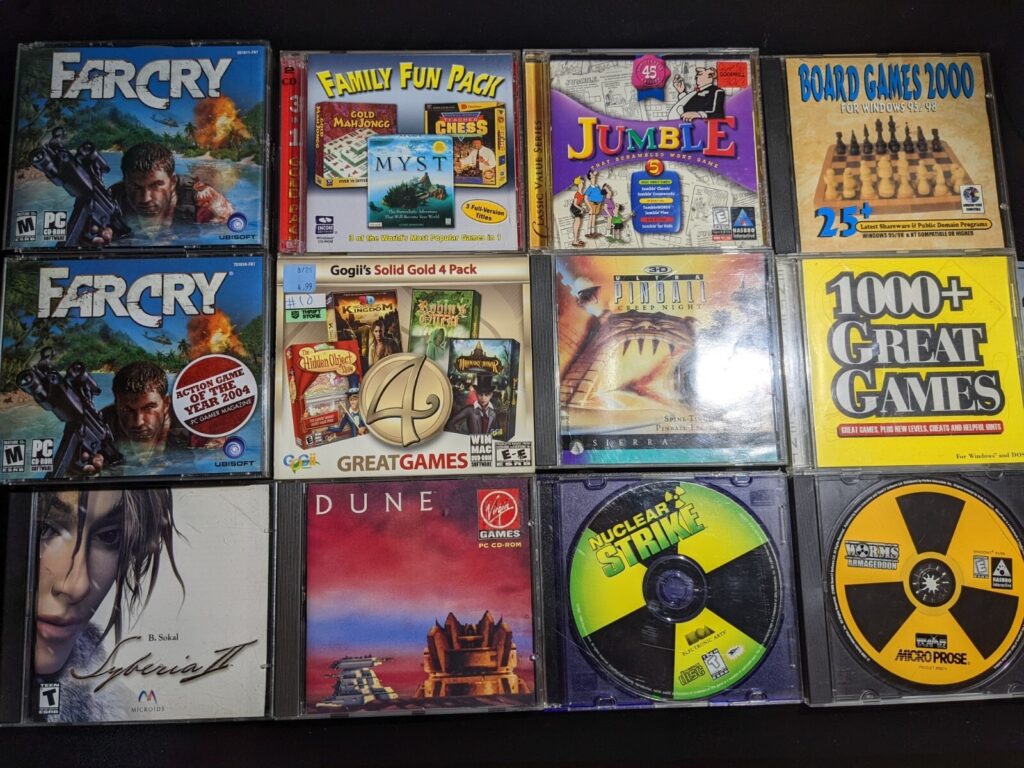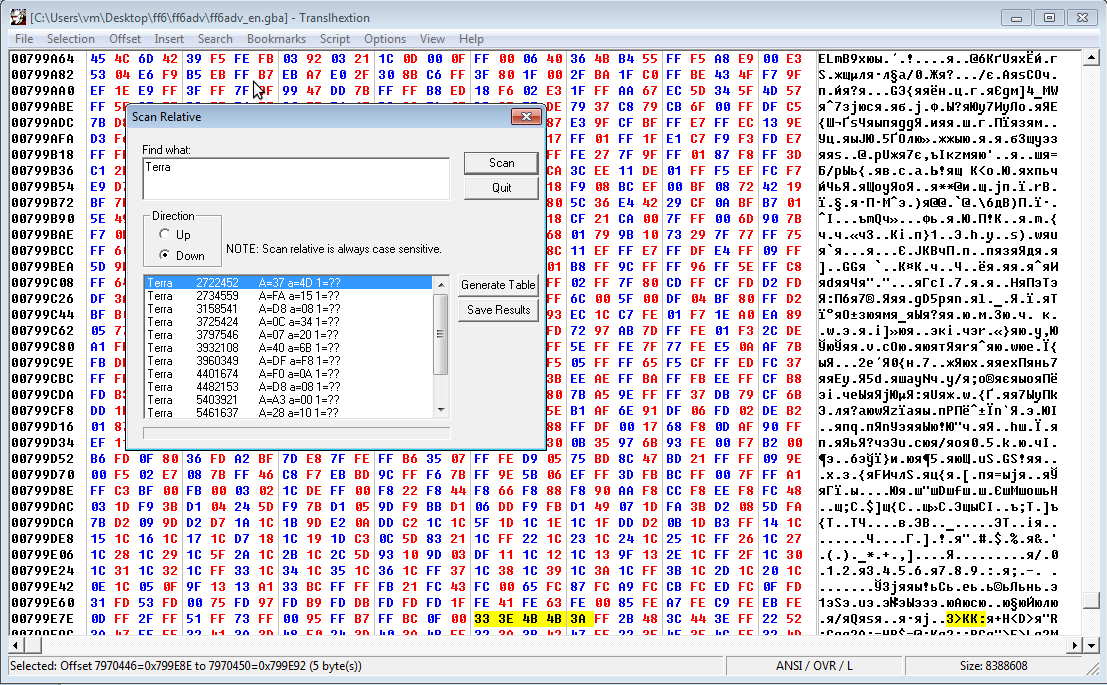In the early 1990s, video games entered a bold new frontier — one that shimmered like a mirror.
The CD-ROM wasn’t just a new storage medium; it was a revolution that reshaped how games were built, played, and experienced.
After years of clunky cartridges with limited memory, the shiny compact disc promised near-limitless space for music, video, and imagination.
Suddenly, developers could dream bigger.
At Oldies Nest, we’re taking a nostalgic look back at the CD-ROM revolution — how it changed gaming forever, the consoles that embraced it, and the culture it left behind.
From Chips to Shiny Discs: A Leap in Storage

Cartridges had ruled the gaming landscape since the 1970s. They were fast, durable, and straightforward — but limited.
By the early 90s, a typical cartridge could hold only a few megabytes of data.
A CD-ROM, on the other hand, could store up to 700 MB — over 100 times more than an NES cartridge.
That massive leap unlocked possibilities:
- CD-quality soundtracks replaced chiptunes.
- Full-motion video (FMV) introduced storytelling with real actors.
- Spoken dialogue made games more cinematic than ever before.
It wasn’t just an upgrade — it was the dawn of a new creative language for developers.
The First Wave: Early Experiments and Missteps
Before the PlayStation or Sega Saturn brought CDs into the mainstream, the industry saw some awkward first steps.
NEC TurboGrafx-CD (1988)
The world’s first console to use CDs, released in Japan as the PC Engine CD-ROM².
It offered lush music and anime-style cutscenes — revolutionary for its time — but was expensive and niche.
Sega CD (1991)

Add-on for the Genesis that promised “interactive movies.”
Games like Night Trap and Sewer Shark became infamous for their FMV storytelling — ambitious, but hampered by grainy video and shallow gameplay.
As we discussed in Sega Saturn: The Console That Struggled, Sega often innovated before the market was ready. The Sega CD was no exception.
Still, these early systems laid the groundwork for what would come next — a genuine multimedia revolution.
The Arrival of the Giants: Sony and the True CD Age
Everything changed in 1994 with the launch of the Sony PlayStation.
By combining the power of 3D graphics with the versatility of CD-ROMs, Sony created the perfect balance between performance and capacity.
As covered in The Power of PlayStation: Sony Enters the Game, the PlayStation made CD gaming mainstream — and unstoppable.
What Made the PlayStation Work
- Low production costs: CDs were cheaper to manufacture than cartridges.
- Massive storage: Enabled lush pre-rendered backgrounds and full orchestral scores.
- Marketing savvy: Sony positioned the PlayStation as cool — for teenagers and adults, not just kids.
Titles like Final Fantasy VII, Resident Evil, and Metal Gear Solid proved that storytelling and cinematic presentation could thrive on discs.
It wasn’t just a format — it was a philosophy shift.
CD-ROMs Bring Storytelling to Life
The transition from cartridges to discs wasn’t just technical — it was emotional.
For the first time, games could tell stories the way films did. Developers now had the space for:
- Voice acting and dialogue-heavy narratives.
- Full orchestral soundtracks and ambient effects.
- Longer gameplay experiences spread across multiple discs.
Imagine the moment you first swapped Disc 2 in Final Fantasy VII — it felt cinematic, epic, alive.
This was gaming’s coming-of-age moment.
It no longer needed to mimic arcade thrills; it could stand shoulder-to-shoulder with cinema.
The Artistic Side: Music, Manuals, and Multimedia
The CD era also redefined how games were packaged and presented.

As discussed in The Evolution of Game Manuals, box art and inserts became elaborate showcases — not just instructions, but art.
CD cases introduced:
- Liner notes featuring composer interviews or story lore.
- Illustrated manuals with concept art.
- Demo discs packed with magazines, spreading excitement for upcoming titles.
Meanwhile, audio quality leaped forward. Soundtracks like Chrono Cross, Castlevania: Symphony of the Night, and Final Fantasy VIII delivered musical depth that defined the 32-bit era.
This was the birth of the audiophile gamer — fans who loved not only playing, but listening to their games.
PC Gaming and the Multimedia Boom
The CD-ROM revolution wasn’t confined to consoles.
In the early 90s, PC gaming also transformed.
Developers like LucasArts, id Software, and Sierra began shipping massive games on multiple discs.
- Myst (1993) sold over 6 million copies — proving story-driven, atmospheric games could succeed.
- Wing Commander III featured Hollywood actors like Mark Hamill.
- The 7th Guest made players feel like part of an interactive movie.
For a generation of gamers, hearing a CD spin up in a beige tower was the sound of the future.
The Downside: Load Times and Fragility
Not everything about the CD-ROM was golden.
Players quickly learned the frustrations of loading screens, disc scratches, and spindle wear.
Cartridges, though smaller, had the advantage of near-instant access and durability.
Publishers also discovered a dark side: piracy.
For the first time, games could be copied easily using home CD burners, forcing the industry to adapt with anti-piracy measures and unique serial codes.
Still, despite these challenges, the advantages far outweighed the drawbacks. The CD-ROM became the industry standard for nearly two decades.
The Cultural Shift: When Games Became Cinema
The CD era marked a point where gaming stopped being a niche hobby and entered mainstream culture.
Games like Metal Gear Solid blurred the line between movie and play.
Developers now thought in terms of camera angles, soundscapes, and pacing, not just levels and scores.
It was a medium growing up — no longer defined by its constraints, but by its creativity.
This shift also changed how audiences perceived games.
They were now art, storytelling tools, and emotional experiences.
The Legacy: A Format That Changed Everything
Even though DVDs and Blu-rays eventually replaced CDs, the CD-ROM’s influence remains everywhere:
- Digital downloads mimic its accessibility and data structure.
- Game soundtracks still release on CDs as collector’s editions.
- Retro collectors cherish their jewel cases as artifacts of a more tangible gaming era.
For many of us, sliding a disc into a tray and hearing the soft hum of a spinning drive was a ritual — a sound that meant escape, imagination, and possibility.
The CD-ROM didn’t just store games; it preserved experiences.
Conclusion: The Revolution That Shaped Modern Gaming
The move from cartridges to discs was more than a hardware shift — it was the dawn of a new artistic era.
It gave us cinematic storytelling, orchestral sound, and the birth of the gaming epic.
It bridged the gap between toy and art, between sound chip and symphony.
Even as physical media slowly disappears in favor of digital downloads, the legacy of the CD-ROM lives on — in the way we tell stories, design worlds, and cherish nostalgia.
Because once upon a time, every adventure began not with a cartridge click — but with the whisper of a spinning disc.




